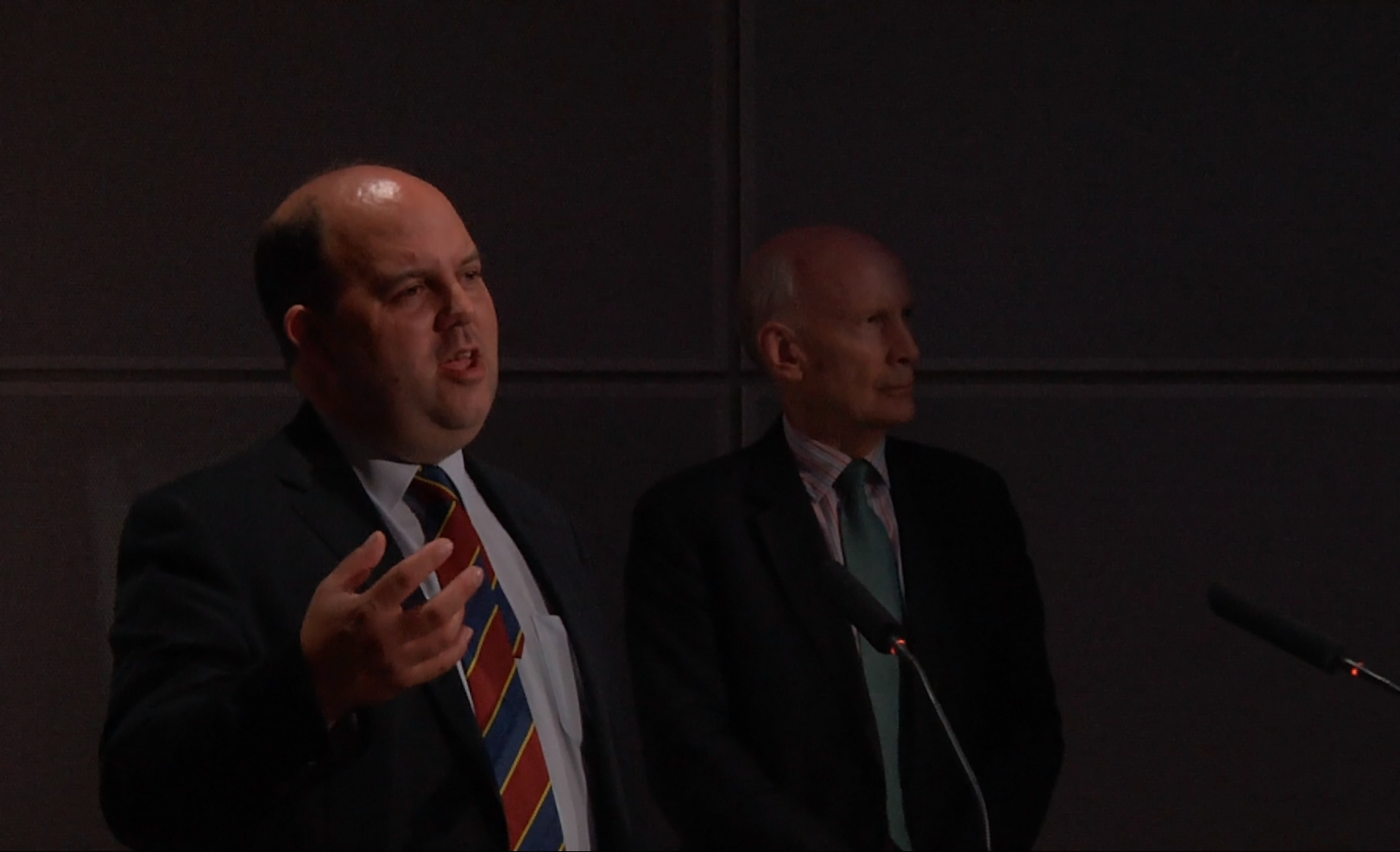
Submitted by Samantha Archetti on Wed, 12/08/2015 - 15:07
Innovation must enable us to work smarter, not harder says Keith Bowers, head of tunnels at London Underground
As head of tunnels for London Underground, Transport for London (TfL), I’ve spent more time in London Underground tunnels than most. The oldest metro system in the world, our Underground is a pioneer of engineering and design and has been part of the capital’s transport infrastructure for more than 150 years.
TfL has a task to keep London working and growing, and to make life in the city better. The railway is growing and gaining in reliability. But a rapidly growing population, expected to reach 10 million people by 2030, means achieving the goal is more challenging than ever.
The continuing success of London Underground (LU) as it expands and develops relies on innovation. More people than ever are using the Tube, which handles up to four million passenger journeys every day. Meeting this growing demand against a backdrop of finite resources requires greater performance – we need to be innovative and to embrace change.
If we challenge the established norm and change the focus from a traditional cost-based approach to realising value, the case for investment and innovation may grow.
Dr Keith Bowers, head of tunnelling, London Underground
Innovation has shaped the history of London’s network of railway tunnels: Brunel’s tunnelling shield was developed for the excavation of the Thames Tunnel in 1825; the first electric deep-tube line, the City and South London Railway, opened in 1890 and the first automatic railway, the Victoria line, went into operation in 1968. Since then innovation in materials and methods has allowed increasingly ambitious projects including Crossrail’s now-completed tunnelling marathon, creating 26 miles of new 6.2m diameter rail tunnels under London along with many new stations.
Making changes in civil infrastructure practice is not easy. There can be barriers to overcome, including lack of time, money, silo cultures and often an aversion to taking perceived risks. In the tunnelling sector specifically, assets are generally reliable and viewed as low risk. This can mean a business case for changed asset management based on risk alone may struggle to justify investment. But if we challenge the established norm and change the focus from a traditional cost-based approach to realising value, the case for investment and innovation may grow. The definition of value must acknowledge the suite of potential performance benefits that may arise from a new product as well as the price.
So how do we support positive innovation? Success in this area needs to be more than ideas – we need to collaborate and share knowledge and skills in order to effectively and successfully put innovation into practice. Emerging technologies need to be partnered with practitioners’ experiences to realise their full potential.
LU is working with the Centre for Smart Infrastructure and Construction (CSIC) at the University of Cambridge to do exactly this. CSIC strives to drive innovation into practice by employing world-class research to meet the needs of industry. During recent Crossrail and LU tunnel construction a number of CSIC’s novel fibre optic and wireless sensor networks have been deployed at live sites to monitor existing tunnel and station structures as well as new structures. These include the award-wining, low-power, miniature UtterBerry sensors, and the photogrammetric CSattAR technology. This work is bringing us to the point where the benefits of new systems, such as wireless, are being proven. As a result today’s innovations are becoming the expected solutions for tomorrow.
A number of CSIC’s novel fibre optic and wireless sensor networks have been deployed at live sites to monitor existing tunnel and station structures. As a result today’s innovations are becoming the expected solutions for tomorrow.
Dr Keith Bowers
Developments need to go beyond data collection. Analysis of the data collected by these intelligent monitoring networks is also vital to improving asset performance. Better understanding of infrastructure “behaviour” can help us adapt our asset management to meet the transport demands of a busy and economically important city in an innovative, more sustainable and cost-effective way. Knowing better what assets are doing can help us optimise reliability and minimise the need for disruptive maintenance interventions. CSIC’s asset management team has applied its prototype value-based decision making tool to put this focus on seepage repair strategy for tunnels at LU. Changing our asset-management attention to a value focus could shape the future of our maintenance programmes and assist asset managers to make more efficient and proactive decisions. We currently achieve good reliability but at the expense of high effort. Innovation must enable us to work smarter, not harder.
The experiences gained in our city also mean LU and CSIC are well placed to drive innovation into wider transport infrastructure. The combined skill set has substantial export potential to international markets where city metro systems are reaching the end of their design lifecycle and require the innovation, regeneration and development that LU continues to demonstrate.
For innovation to succeed in delivering improved value and performance, design must challenge past practice. With this in mind, TfL has created a hub to invite engineers to innovate. The Technology Innovation Portal intends to focus thoughts and inspirations on the technological solutions to the challenges that we face and suggestions are welcomed.
Innovation needs bold ideas and the answers are out there. Engineers need to be creative and find new solutions, which will offer best value for the future railway, city and world.
- Dr Keith Bowers CEng, FICE, MIMMM, FGS is principal tunnel engineer at London Underground, Transport for London and a member of CSIC’s Steering Group. This article was developed from this year’s CSIC Annual Lecture, delivered by Keith Bowers, on June 29, at St Catharine’s College, University of Cambridge.
- To read the article in full on the Infrastructure Intelligence website click here
- For more information about CSIC see www.centreforsmartinfrastructure.com
